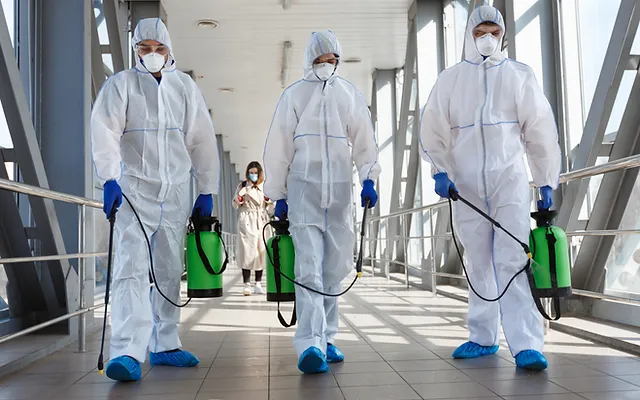Key Takeaways:
- Understanding mold types and the risks they present is crucial for effective remediation.
- Remediation efforts must prioritize health and safety through proper practices and equipment.
- Long-term mold prevention is fundamental, emphasizing the control of moisture and humidity.
- Selecting a competent mold remediation service is crucial for efficiently addressing mold issues.
Mold can significantly affect both structures and health. Therefore, its remediation is not solely about cleaning up—it’s about ensuring a safe living space. Professional entities such as Pure Restore advocate that proper identification, treatment, and prevention strategies are essential to mold management.
What Is Mold and Why Is It a Concern?
Mold is ubiquitous in our environment, comprising countless species that serve integral roles in nature. In domestic spaces, however, certain varieties can become problematic. They may pose health risks, particularly for individuals with allergies or respiratory illnesses, due to the production of allergens and mycotoxins. Molds can also compromise structural materials, making early detection and removal critical to preserving the longevity and safety of buildings.
Identifying the Presence of Mold in Your Home
The presence of mold is often detected by visual cues or a musty odor associated with damp environments. However, since mold can flourish in concealed spaces such as behind drywall or under carpets, proactive measures may include moisture mapping and professional assessments. Utilizing the knowledge from authoritative resources, such as those outlined by the U.S. Environmental Protection Agency, can guide homeowners through mold identification and initial response.
Health and Safety During Mold Remediation
During removal, the risk of exposure to toxic spores necessitates careful handling. Safety measures such as sealing off the area, using HEPA-filtered vacuums, and wearing personal protective equipment (PPE) like N-95 respirators, gloves, and goggles are essentials. Professionals typically implement further safety steps in extensive contamination cases, including creating negative air chambers and utilizing air scrubbers to prevent any spread and protect inhabitants.
Professional vs. DIY Mold Remediation
For small-scale issues, homeowners may be able to manage mold remediation themselves, following safety protocols. Yet, for pervasive or hidden mold issues, the skills of a qualified professional are necessary. In addition to removing the mold, they’ll assess the underlying cause, reducing the likelihood of recurrence. The consistently updated guidelines from the Centers for Disease Control and Prevention can assist homeowners in determining when it’s time to call in the experts, especially when considering the health implications and intricacies of effective mold removal.
Preventing Mold Growth After Remediation
Once remediation is complete, prevention takes center stage. Keeping indoor environments dry and well-ventilated is the cornerstone of mold prevention. Active measures such as fixing leaks, maintaining low indoor humidity levels, and ensuring sufficient airflow, particularly in areas prone to dampness, are highly effective in keeping mold at bay. Regular inspections and immediate action upon spotting early signs of mold contribute to maintaining a healthy living space.
Choosing a Mold Remediation Service
Finding the right mold remediation service can be daunting. Credentials, experience, and strong customer testimonials are signs of reputable services. Beyond removal, a competent provider will also offer valuable advice on preventing future mold problems, pairing their remediation work with long-term solutions to ensure the home’s and its occupants’ wellbeing.
Also Visit: /tecnotimes.com



